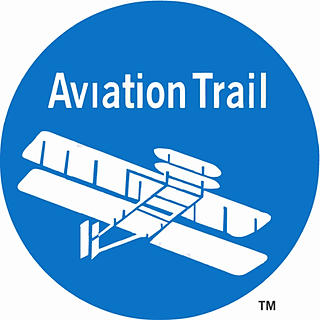2022 Kettering Bug Award Nominations
- Aviation Trail
- May 2, 2022
- 2 min read
KETTERING ‘BUG’ AWARD:

The Engineers Club of Dayton in partnership with the Sinclair College National UAS Training and
Certification Center and the Dayton Development Coalition, are proud to announce the restarting of the Kettering Bug Award process. Nominations will be accepted starting June 1 through July 25, 2022. The Nomination information can be found on the Engineers Club of Dayton website at
http://www.engineersclub.org/ or by contacting:
Ted Fecke: ted@treble-one.com
Ms. Darbie, Kincaid: dkincaid@engineersclub.org
Engineers Club of Dayton
(937) 228-2148
The Kettering Bug Award recognizes an individual or a team of named individual’s demonstrating outstanding achievement in the practical application of unmanned aerial system (UAS) principles. Entries are judged on four criteria: Concept, Value, Delivery, and Impact. UAS scope extends to all system elements: vehicle, ground station, control and operations. Key aspects of this award include: integrated capability, impact on UAS systems or operations, and technology incorporation.
The formal presentation of the Kettering Bug Award will take place at the Engineers Club of Dayton on October 12, 2022 beginning at 6:15 pm (EDT) with a social, dinner at 7:00 and the presentation at 8:00. This will be unique in that last year’s winner will present this year’s winner with their trophy. For reservations, please contact the Engineers Club of Dayton Ms. Darbie Kincaid through email or via the website at http://www.engineersclub.org/.
During World War I, the United States Army Aircraft Board asked Charles Kettering of Dayton, Ohio to design an unmanned "flying bomb" that could hit a target at a range of 40 miles. Kettering's design, formally called the Kettering Aerial Torpedo, but later known as the Kettering Bug, was built by the Dayton-Wright Airplane Company.
This year, marks the celebration of the 104th anniversary of the first flight of the Kettering Aerial Torpedo, the Bug, which occurred at Carlstrom Field near Arcadia, Florida, made possible because of the success of the Bug program begun in Dayton, Ohio. The Bug was the forerunner of present day cruise missiles.
Past Award winners:
The Ohio State University College of Engineering, Aerospace Research Center for
setting world records of speed and distance flown by an autonomous Unmanned Aerial
System (UAS).
The XQ-58A team of Kratos Defense & Security Solutions of San Diego, CA and the
Air Force Research Laboratory of Wright Patterson AFB, Ohio

Sinclair National UAS Training and Certification Center is Site #17 on the Aviation Trail







Comments